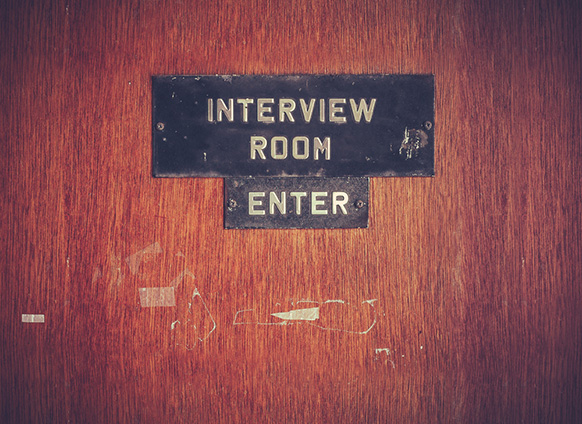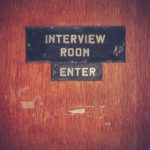Wouldn’t it be great if we could tell if someone was lying to us?
Research shows that within five minutes of meeting someone, we can often evaluate them with 70 percent accuracy. Although that seems effective, the remaining 30 percent can be costly.
To be a successful undercover FBI agent, I had to learn how to read people within minutes—and failing to accurately evaluate the person in front of me could jeopardize an entire assignment.
Related: The Skill You’ve Always Wanted: How to Instantly Read People
Detecting lies is hard work, and there is no single magic indicator, but here are two things you should know:
1. Approximately 55 percent of meaning is conveyed through body language. So accurately reading nonverbal cues is important if you want to avoid being scammed or deceived.
2. Conversations are just a string of words and gestures placed together to create meaning. One word or gesture by itself can mean many things—but it can also mean nothing. It’s important to observe a person’s initial behavior to establish a norm.
It’s a serious error to interpret a solitary gesture. Scratching the head can mean confusion—or a serious case of dandruff. Many people punctuate with constant gestures and movement while others are relatively still. They key is to notice how these gestures change throughout a conversation.
Here are three areas to pay particular attention to if you want to read people like an FBI agent:
1. Hands are a gold mine of information.
There are more nerve connections between the hands and brain than any other part of the body. Our brain is hardwired to engage our hands to accurately communicate emotions, thoughts and feelings.
Some common telling hand gestures are:
- Hand steepling (placing the tips of your fingers together, similar to a praying gesture) indicates you are confident of your thoughts or situation.
- Clenching hands shows stress or concern.
- Stroking the neck with one finger is a sign of less-than-normal confidence and is a subconscious way of relieving stress (the common number of strokes is five).
2. Always believe the feet.
As unglamorous as it sounds, feet are the most honest part of the body. People tend to bounce up and down when they see someone or something that makes them happy.
I once met an individual whom I suspected was in contact with a Russian spy. Initially, his answers were forthcoming and his body language was relaxed. But when I moved the conversation toward the Russian spy, he uncrossed his legs and sat with his feet flat on floor, ankles locked. This didn’t necessarily mean he was lying, but it did indicate he became stressed when the conversation shifted.
Use these tips to identify telling gestures:
- Jiggling of a leg while seated indicates the person is uncomfortable or stressed about something that was said. Some people always jiggle their leg, so notice when they start kicking—it indicates they are being asked something they don’t like.
- Locking ankles, one over the other, indicates the individual is mentally “biting their lip” and holding back a negative emotion, uncertainty or fear.
- Pointing feet toward the door or elevator is a sign they are looking for a way to end the conversation. Many times the body will be angled in the direction of the feet even though the person has turned their face toward us.
3. Be wary of facial expressions.
Facial micro-expressions can be telling, but they can also be deceiving.
I never relied on them to accurately assess what a person was thinking or saying. Children are told to “wipe that look off your face,” so we learn at a very early age to control expressions.
Look for these gestures that are more telling than facial expressions alone:
- Covering our mouth as children indicated we were being deceitful, but when adults are being deceitful, the hand is placed on the face in a nose-touch gesture. It can also mean they are being very careful in how they word their next response.
- Raising eyebrows is a sign of excitement to see someone or positive emotions we can’t hold back.
- Tilting the head is a powerful way of saying, I am comfortable. It’s very hard to do if we are around people we don’t like.
- Hand touching, face touching, crossing arms and leaning away are all clues that, by themselves, mean nothing, but together they are a highly accurate sign of deceit.
Related: Practice Confident Body Language with ‘Power Posing’








